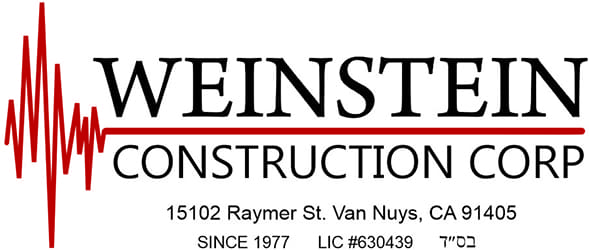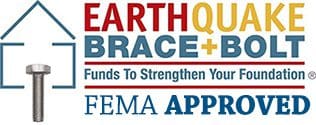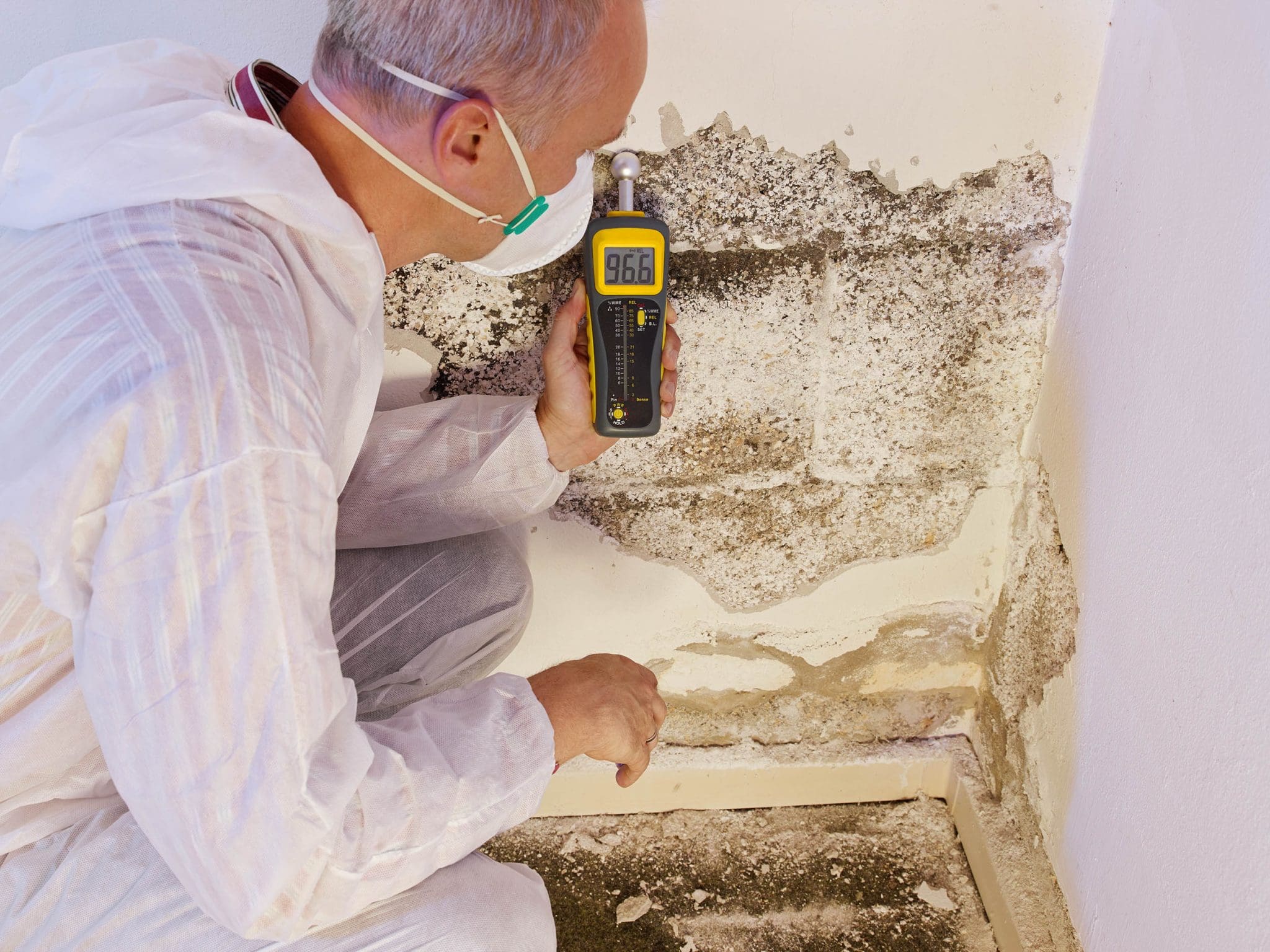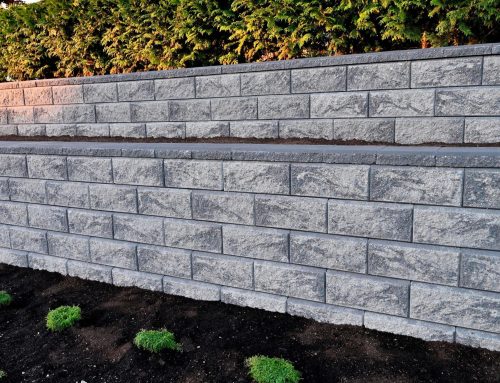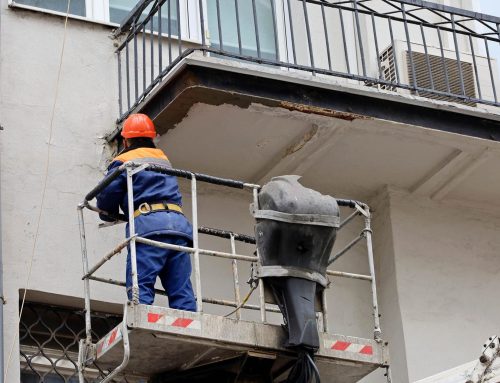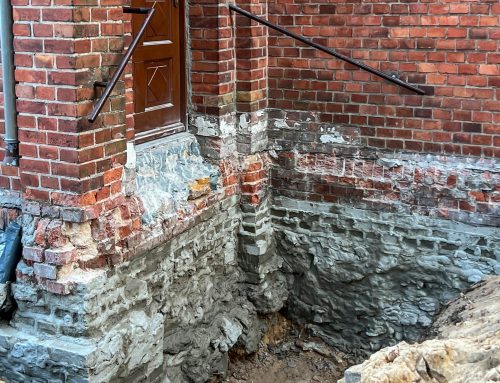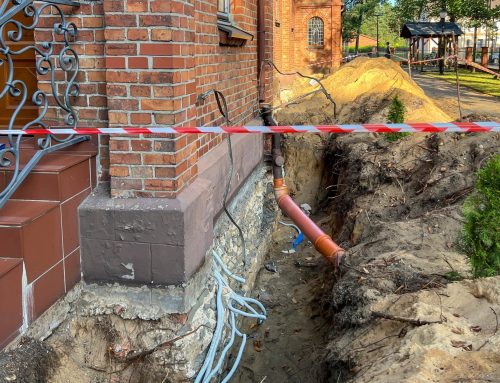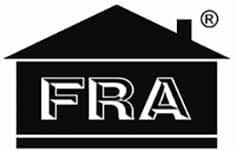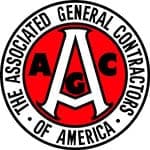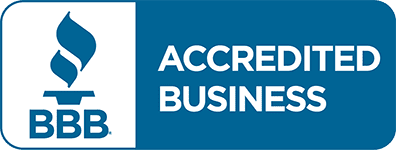Can you live in a house with toxic mold?
So many of our Los Angeles based clients have come to us during this year’s Rainy Season to ask us, can we live in a house with toxic mold? While toxicology experts may say the answer depends on what kind of mold you have growing inside your home or your crawl space, the professionals at Weinstein Construction always advise our clients that when mold is at issue, an ounce of prevention is worth a pound of cure!
At Weinstein Construction, we work hard to protect homes from flooding, mold growth, and efflorescence (harmful salt caused by evaporating water). In this blog, we describe the dangers of mold in a home and what can be done to prevent it! Understanding the risks associated with toxic mold, how it develops, and the steps necessary to prevent and remediate it, are crucial for maintaining a safe living environment.
How do you know if mold is making you sick?
Over the past few years, the Greater Los Angeles region has experienced an increasing amount of rainfall. In fact, the Los Angeles Times has recently said that Los Angeles has been pushed to a new two-year rainfall total, that has not been seen since the late 1800s! The only other two-year “October through September” period that saw more rain was from 1888 to 1890!
And guess what? With rains and flooding comes mold, which is a common household problem that can cause significant health risks to family members, especially when the mold is of a toxic variety such as black mold, which grows on material with a high cellulose content (e.g., fiberboard, stucco, wood, etc.). In fact, many homeowners may not even realize the severity of their home’s mold exposure until health issues arise! The thing is, the dangers of toxic mold can often extend beyond causing unbelievably expensive long-term structural damage to a home, but can cause anything from allergies to serious respiratory conditions and even neurological problems.
What causes toxic mold in a house?
At this point, you are probably asking, what is mold and what causes it? Well, mold is a type of fungus that thrives in moist environments. What causes mold is simple: humidity and the availability of materials for it to grow on! While some mold types are harmless, others, particularly toxic mold, release mycotoxins that can be hazardous to human health. Toxic mold can grow in hidden areas such as behind walls, under flooring, in crawl spaces, basements, and around plumbing fixtures. And when mold spores become airborne through the air circulating inside a home, they spread throughout the structure, contaminating the air that residents breathe.
What are the symptoms of toxic mold exposure?
The health risks associated with mold are well known and can in fact be quite harmful to healthy adults and children. Mold is also especially devastating to any person with an already weakened immune system. A recent story in Woman’s Health Magazine described one homeowner as experiencing strange and unexpected bouts of dizziness and fatigue, which overwhelmed her on a daily basis. As the COVID pandemic raged on, her symptoms only got worse and she suffered frequent migraines, memory loss, and also started losing items around house. At the same time, her children started showing unusual health symptoms as well, and her eight year old daughter developed extreme anxiety and suffered headaches, insomnia, and sinus flareups.
The woman underwent multiple doctor examinations until one of her physicians found mycotoxins (naturally occurring toxins produced by mold) in her urine and recommended that she undertake mold testing in her home. And true enough, subsequent tests showed her home had toxic mold! The woman and her family had to evacuate the home and then she spent $700,000 on repairs to get rid of mold in her home, only to later be forced to sell it!
Can toxic mold damage a home?
In case you are wondering whether or not mold can damage a home, the answer is absolutely! Mold is not just a health hazard, it can also cause significant damage, especially when it grows unchecked. Mold hurts homes by weakening their walls, ceilings, and flooring, as it breaks down organic materials like wood, drywall, and stucco. Pretty quickly, all this damage leads to significant structural damage, costly repairs and decreased property value!
How to protect yourself from toxic mold?
We know you are interested in protecting your home and family and that at this point, you realize that ignoring mold can lead to expensive remediation and may even make a home uninhabitable. And so we applaud you for wanting to know how to prevent mold from happening in the first place! When it comes to mold, prevention is the best strategy!
The basics of taking proactive measures to reduce the likelihood of mold inside your home include preventing moisture from coming into the house in the first place, for example by ensuring that water is draining away from the property. They also include keeping moisture away from your home’s crawl spaces, as the humidity and mold that can grow inside this area can not only damage the structural integrity of the home and lead to higher energy bills, but also damage the health of your family. As such, you should install an affordable crawl space encapsulation system and a dehumidifier, which prevents the humid air that breeds mold, mildew, and fungus, gives shelter to nasty critters and bugs, and rots a home from the inside out! Ask yourself the following questions, among others:
- Are your home’s gutters, downspouts, and other drainage systems (e.g., French drain) working effectively to divert water away from the home?
- If your home is built on a slope or a hillside, have you undertaken any measures for soil erosion control?
- Is your home’s sump pump working properly?
- Are your home’s exterior waterproofing and interior basement waterproofing work intact and working as intended?
- Has the home’s basement wall sealing withstood the test of time?
- Has the home’s crawl place been encapsulated to seal out moisture? (doing so can also save you big time on utility bills!)
- Have you installed a dehumidifier in areas inside your home with high humidity? (e.g., basement or crawl space)
How you answered the above questions will typically dictate how you should go about protecting your home and your family’s health! If you answered “no” to one or more of these questions, at minimum, you should have Weinstein Construction’s professionals provide you with a free inspection and consultation on how you can protect your home and your family from moisture intrusion and toxic mold!
Act now, before toxic mold takes hold of your home’s basement or crawl space! You can trust the professionals at Weinstein Construction, the Los Angeles region’s best basement and crawl space waterproofing companies, to help you with all your drainage solutions, including leaky basement repair, basement wall sealing, and French drain installation. We are also the region’s best crawl space encapsulation and de-humidification contractor! Call us today at (800) 862-6582 for a free inspection and review of your needs!
